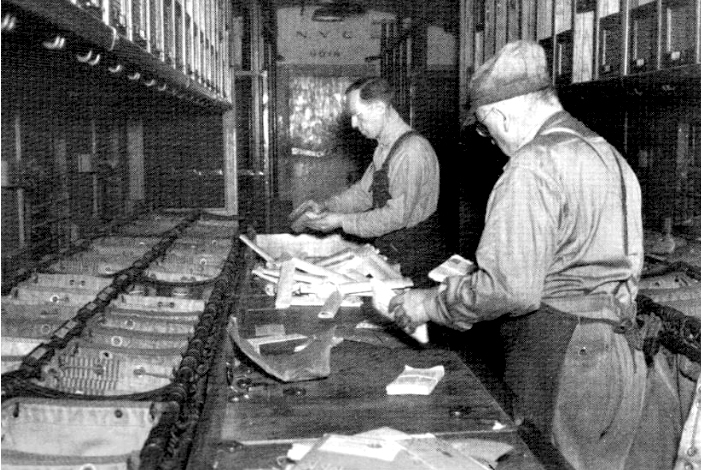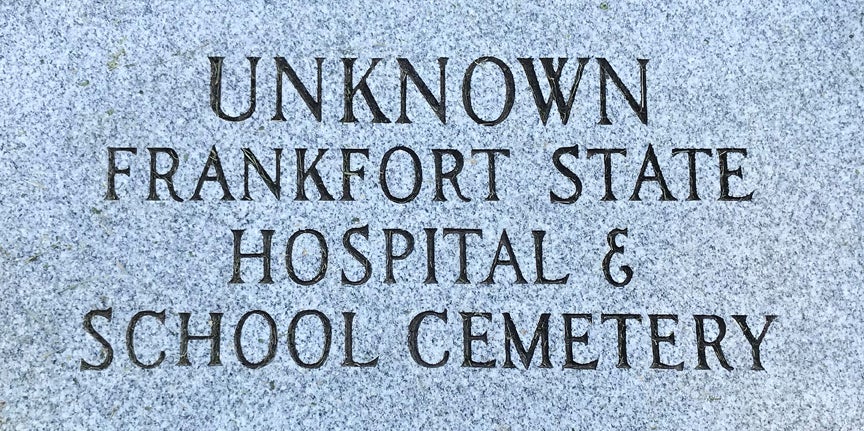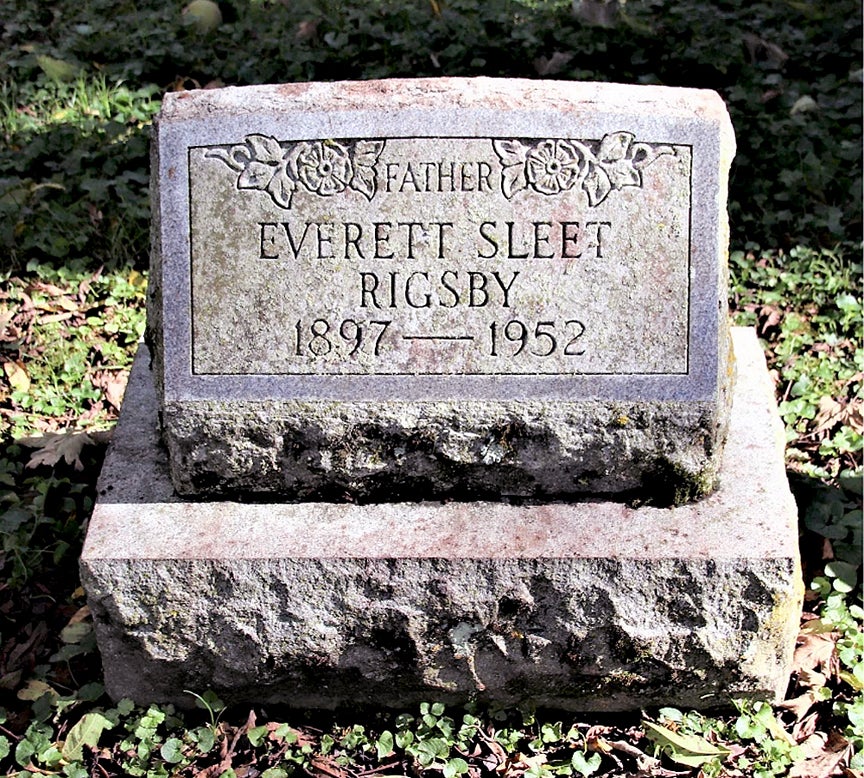In 2024, it takes the United States Postal Service two to three days to transport a mailed letter or postcard, using a truck, from one side of Frankfort to the addressee on the other side of town. Yet in 1900, the United States Post Office could move a letter from a street side mailbox in Ashland, Kentucky, to a home in Frankfort within 24 hours. The secret was the Railroad Post Office (RPO) car.
A letter or postcard mailed in Ashland destined for Frankfort, upon being collected by the Ashland Post office, was quickly sorted at that post office, placed in a mail pouch, and transported by mail wagon to the Chesapeake & Ohio Railway (C&O) Depot. There was no sending of the letter or postcard to a central Post Office equipped with ZIP code reading machines.
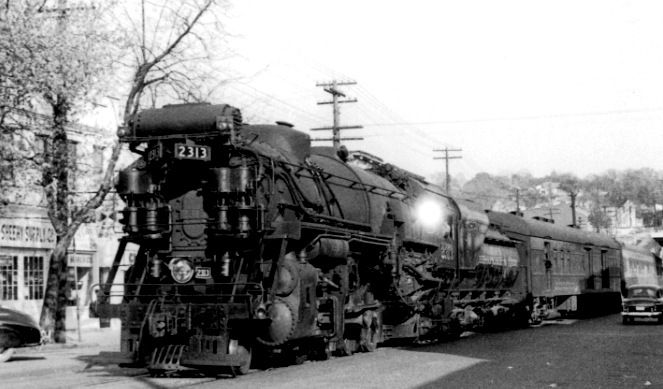
At the Ashland C&O Depot, the mail was loaded onboard the RPO car of the next passenger train bound for Louisville, Kentucky. The RPO car generally was the car located behind the locomotive and housed both the U.S. Mail and the Railway Express Agency (REA). During the first half of the 20th century, REA was this country’s UPS and FedX.
Depending on the normal volume of mail the RPO handled during its run, the RPO compartment might take up to anywhere from one quarter to three quarters of the RPO car and employ between two and six mail clerks. It needs to be mentioned that during the 19th century, robberies of trains had been a favorite sport of outlaws, thus all RPO clerks, up through the end of service in 1977, carried revolvers. Interestingly, these RPO cars had a mail slot, and one could go down to the Frankfort Depot and insert one’s letter or postcard directly into the RPO car.
During the C&O’s passenger train’s journey from Ashland to Louisville, at each station a RPO mail clerk would hand off to a local post office employee a bag of mail and receive a bag. The mail received on board the RPO car was sorted and put in bags for dropping off at a depot along their route or for dropping off at Winchester, Lexington or Louisville for forwarding by rail to another part of the country or state. As an example, mail heading for Hazard would be dropped off at Winchester for a Louisville & Nashville Railroad (L&N) passenger train with an RPO car to transport to that city.
One of the neat things about the RPO car was that mail destined for a city along its route had the mail cancelled on board the RPO car. The RPO car traveling between Ashland and Louisville had a cancellation stamp that read, “ASHLAND & LOU RPO.” In the center of the cancellation stamp, besides providing the time and date, it gave you the train it was cancelled on, in this case “TR 16.” Train 16 was the C&O train that left Ashland at 10:50 a.m. and arrived in Louisville at 5:00 PM. It stopped in Frankfort at 3:17 p.m.
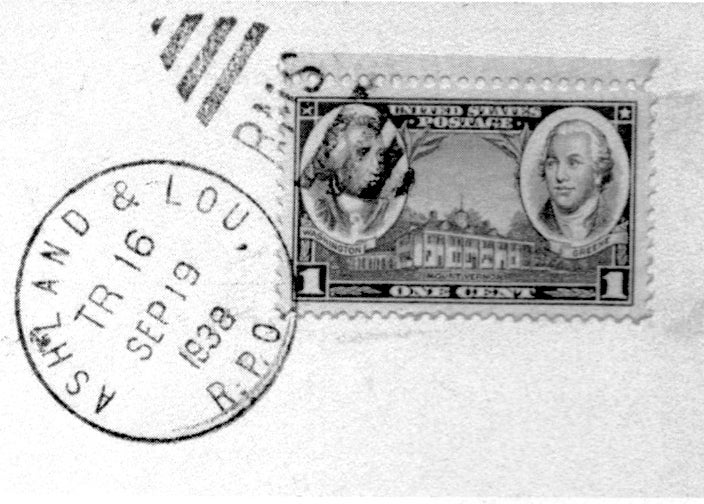
Our Ashland postcard writer had written her postcard at 9 a.m. in the morning and dropped it off at the Ashland Post Office at 10 a.m. It had been put on board the Ashland to Louisville train at 10:45 a.m., and the postcard arrived in Frankfort at 5:49 p.m. Upon arrival, the post card was taken to the post office, and the next morning it was delivered by the USPO mail carrier to the addressee at 10 a.m.. The recipient then wrote a reply that was put onboard the C&O’s 3:08 p.m. train that arrived at Ashland at 7:35 p.m. and the postcard was delivered the next morning. If we could only move mail like this today.
Here is an interior view of the RPO car with the mail being sorted by two clerks.
This is an RPO cancellation stamp used on mail from Ashland to Louisville. The RMS in the cancellation stands for Railway Mail Service.
A C&O train is pulling from the Frankfort Depot with the RPO/REA car behind the locomotive.
